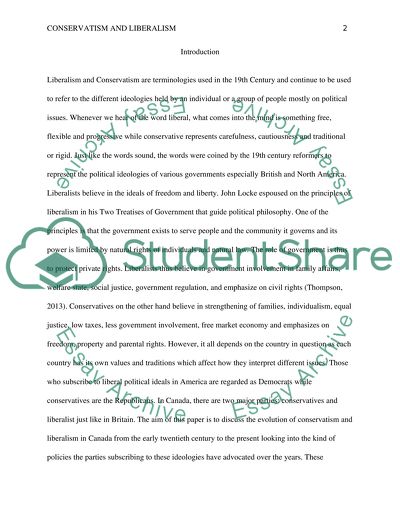Cite this document
(“Electoral Systems: Compare Canada's Single-Member-Plurality electoral Research Paper”, n.d.)
Electoral Systems: Compare Canada's Single-Member-Plurality electoral Research Paper. Retrieved from https://studentshare.org/history/1491815-electoral-systems-compare-canadayies-single-member
Electoral Systems: Compare Canada's Single-Member-Plurality electoral Research Paper. Retrieved from https://studentshare.org/history/1491815-electoral-systems-compare-canadayies-single-member
(Electoral Systems: Compare Canada'S Single-Member-Plurality Electoral Research Paper)
Electoral Systems: Compare Canada'S Single-Member-Plurality Electoral Research Paper. https://studentshare.org/history/1491815-electoral-systems-compare-canadayies-single-member.
Electoral Systems: Compare Canada'S Single-Member-Plurality Electoral Research Paper. https://studentshare.org/history/1491815-electoral-systems-compare-canadayies-single-member.
“Electoral Systems: Compare Canada'S Single-Member-Plurality Electoral Research Paper”, n.d. https://studentshare.org/history/1491815-electoral-systems-compare-canadayies-single-member.


